Before you go searching for tickets and hotels, keep in mind that two weeks are not enough to see all of Pakistan, or even half of it. With this itinerary you would be able experience a small portion of the country’s top travel destinations which are mostly on the Northern and North eastern region.
But fret not, for the reason that these places are surely going to blow you away with their beauty, mystery and culture. Due to low tourism and development most of Pakistan still remains quite non-commercial and pristine, giving travel lovers the chance to just wander and explore on their own terms.
Table of Contents [hide]
- Day 1: Lahore
- Day 2: A little more of Lahore and then fly off to Islamabad
- Day 3: Islamabad
- Day 4 and 5: Gilgit Valley and Fairy Meadows
- Day 6 and 7: Gilgit to Minapin plus Rakaposhi base camp
- Day 8 and 9: Karimabad, Hunza and nearby villages
- Day 10: Karimabad to Skardu
- Day 11: Skardu and nearby areas
- Day 12 and 13: Fly from Skardu to Islamabad (and luckily) to Chitral
- Day 14: Islamabad
Day 1: Lahore
Lahore is Pakistan’s cultural capital and rightly so. It’s one of the region’s oldest metropolis, whose imperial history involves rule of the Hindus, Ghaznavids, Ghurids and Mughals. Later on, the Persians captured it from the Mughals only to lose it to the Sikhs who were eventually defeated by the British.
With all that happening, Lahore developed into an exuberant and colorful urban center for artists and traders of all kinds. It’s a must to dedicate a day and a half to Lahore and check out its famous Badshahi and Wazir Khan mosques, Shahi Hammam and Sufi and Sikh shrines. Also a must-visit are Shalimar Gardens and the Lahore Fort. At the end of day one, catch authentic Pakistani cuisine at the Mall Road food street.
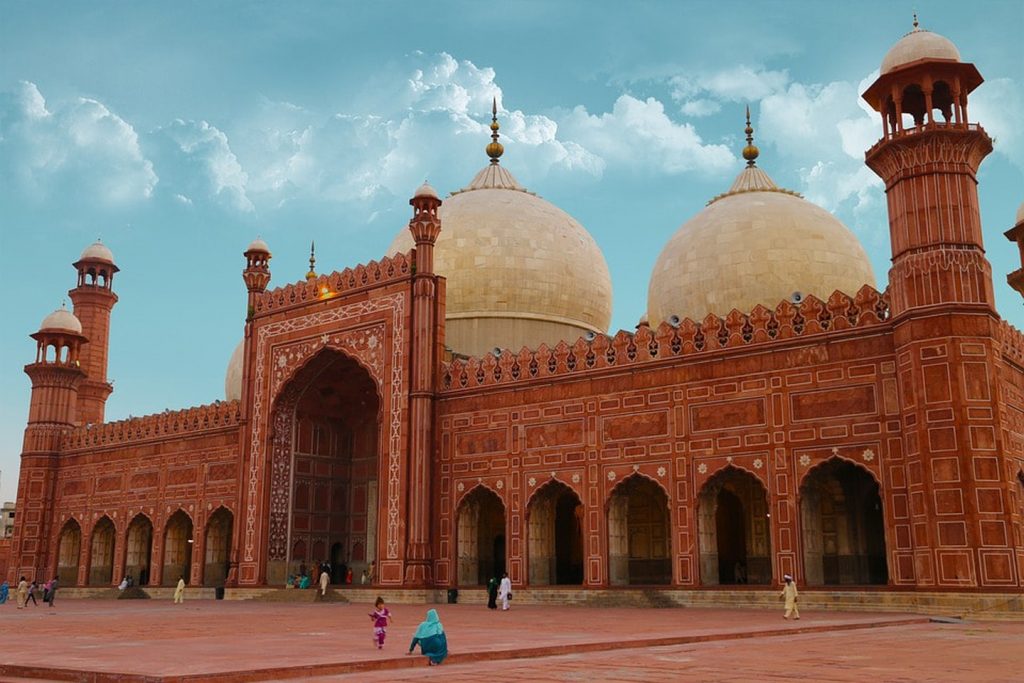
Mausoleum Religion Minaret Travel Architecture
Day 2: A little more of Lahore and then fly off to Islamabad
Book a late evening or night flight to Islamabad and use the morning to stroll around the Walled City area to see the heart of Lahore right in front of you. Here you will see carts, stalls and shops located in narrow alleys within ancient gates selling all kinds of products and services from breakfast to cobbling. Bring some money as you may get tempted to buy many souvenirs. Also worth visiting is the beautiful tomb of Jahangir built just outside. If you are quick, you may have time left to visit the Pakistan-India border where you see displays of marching armies and nationalistic crowds on both sides cheering them on. Next, get ready to arrive in a quiet and peaceful Islamabad.
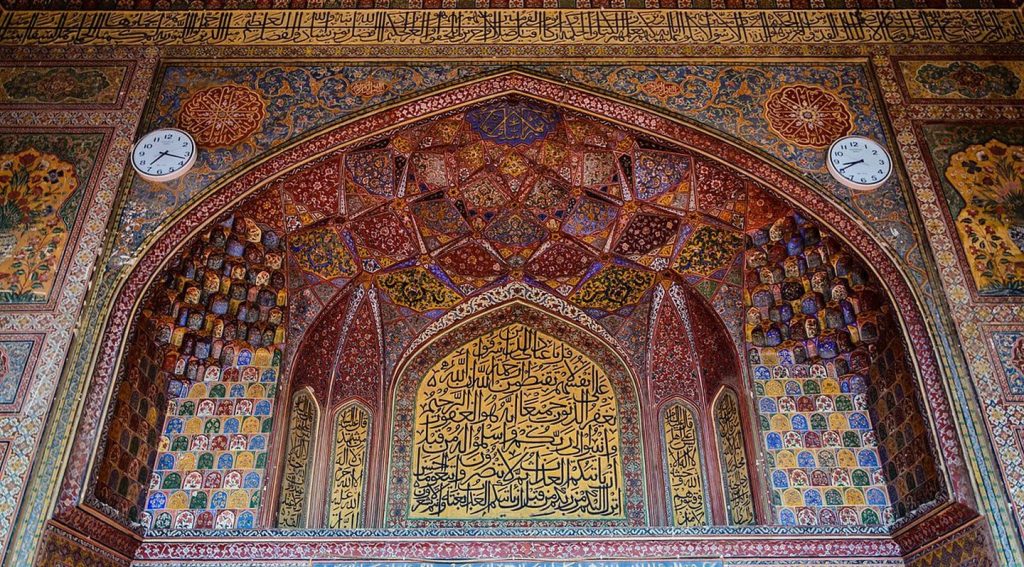
Roof of the Wazir Khan Mosque © Muhammad Ashar
Day 3: Islamabad
Depending on when you arrive you may want to catch dinner at the incredible Monal restaurant, with the view of the entire city or head on to catch a good night’s sleep. When you wake up, pay a visit in the morning-noon hours at the Shah Faisal mosque and the Pakistan Monument for some Instagram-worthy pictures and then head towards Daman-e-Koh to explore the greenery of the city. Islamabad should only be a short stop over so try to book a flight to Gilgit on the same day if possible.
If not there are plenty of fine restaurants and cafes in the capital of Pakistan, located at sweet spots that you will enjoy. Sometimes due to weather, flights to Gilgit are delayed so you may have to extend your stay or take a 15-20-hour bus ride in NATCO buses to Gilgit.
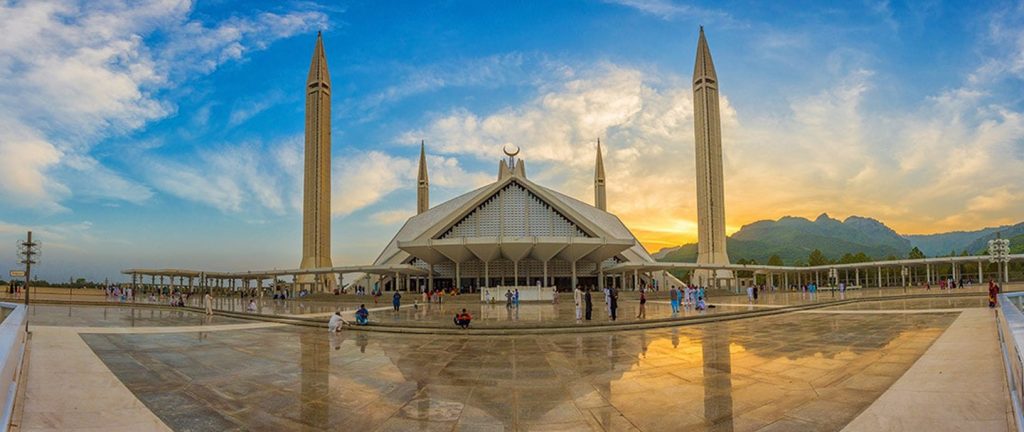
Shah Faisal mosque © SyedBilalJaviad
Day 4 and 5: Gilgit Valley and Fairy Meadows
Gilgit is your gateway to the picturesque and wonderful north of Pakistan where the world’s mightiest three mountain ranges, namely the Himalayas, the Hindukush and the Karakoram lie. Gilgit Valley and its surrounding areas are absolutely breathtaking. You could visit the sublime Fairy Meadows which is a lush green grassland at a two-hours distance, beside the steller Nanga Parbat of the Himalayan range which reaches the height of 8,125 meters.
Spend half a day here relaxing in the pristine atmosphere. Do stop at the Gilgit Bridge which is suspended over the voracious Gilgit river. Next you could head to admire the Buddha statue called Kargah Buddha carved into the cliff. Nearby and worth visiting is the beautiful Naltar valley with rest houses, ski slopes, small lakes and glaciers and a lush green Alpine forest.
Danyore, Bagrot, Nomal and Oshikhandas valley’s are also close by, which you can explore with Gilgit as your base. As pretty as Gilgit may be, since you have just two weeks, you should not spend too long here, so move on and explore more.
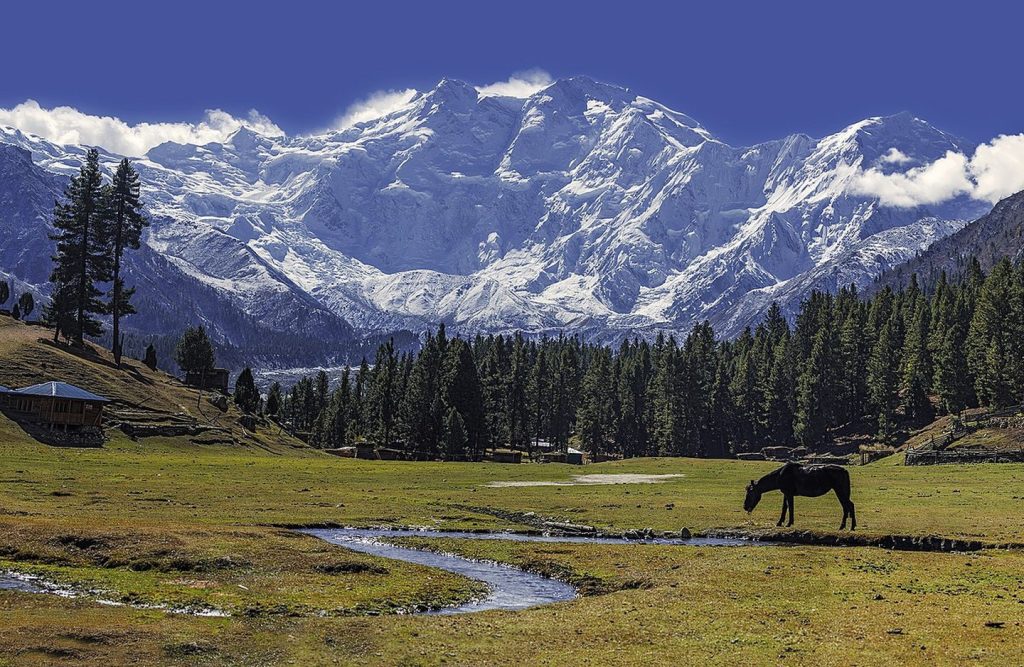
Fairy meadows and Nanga Parbat, Pakistan © Imran Khakwani
Day 6 and 7: Gilgit to Minapin plus Rakaposhi base camp
Approximately 75 km away from Gilgit there is a detour to Minapin, a simple but lovely village with spectacular mountain views and a route to trek to the Rakaposhi Mountain’s base camp. Whether you decide to take the easy-medium level trek all the way to the base camp or not is entirely up to you, but you will still enjoy the walk on the trek path and the views that surround. If you do plan to take the trek you will need two days to go back and forth, and also camping equipment. The trek is laden with glaciers which are only possible to cross between the months of May and September.
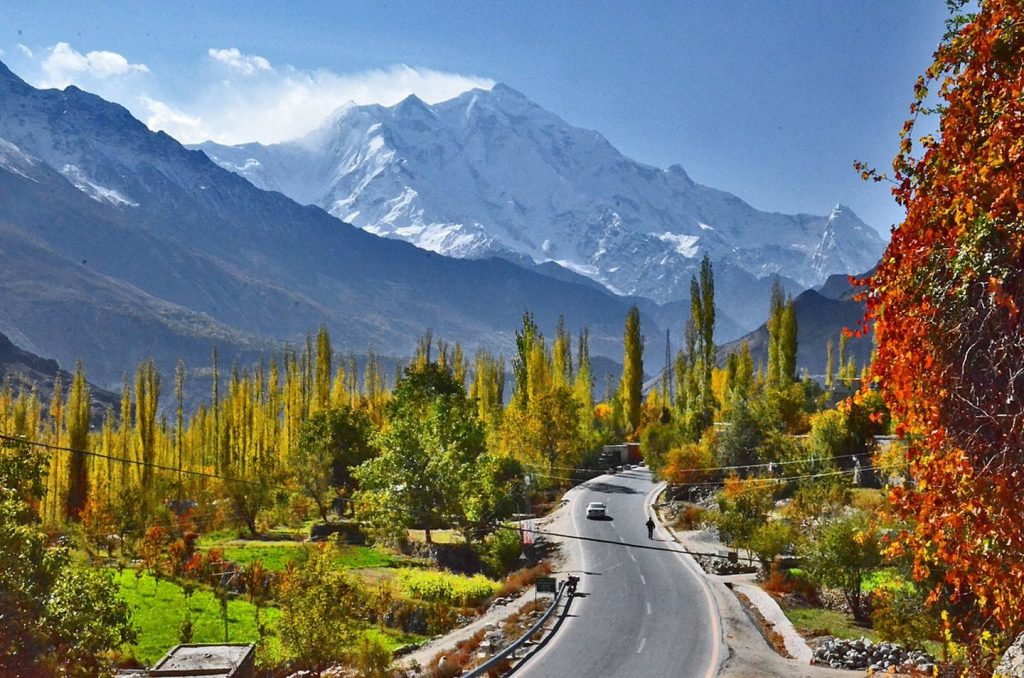
Rakaposhi Peak, Nagar, Karakoram Highway © MAkramAttari
Day 8 and 9: Karimabad, Hunza and nearby villages
From Minapin, it’s not a long drive to get to the Hunza region, where Karimabad village is located. Here you will find yourself surrounded by skyscraping mountains on all sides, all being over 7,000 meters high. There are many options for budget and luxury stays in the village like Hunza Lounge and Serena Inn. The atmosphere and culture is very laidback and liberal as most inhabitants of Karimabad are Ismaili’s. The women there are seen on the streets without head or face cover while having jobs and will even greet and talk to you.
In Karimabad you must visit the two historical forts of Altit and Baltit, which are a popular cultural and tourist landmark dating back centuries. After a few hours of wandering there you can head to the Eagle’s Nest from where you can get a 360 degree view of the valley and the majestic mountains of Rakaposhi, Diran and Lady Finger. Karimabad is also ideal for day hikes and drive around the area to scenic spots like Passu Village and the mesmerizing Attabad Lake.
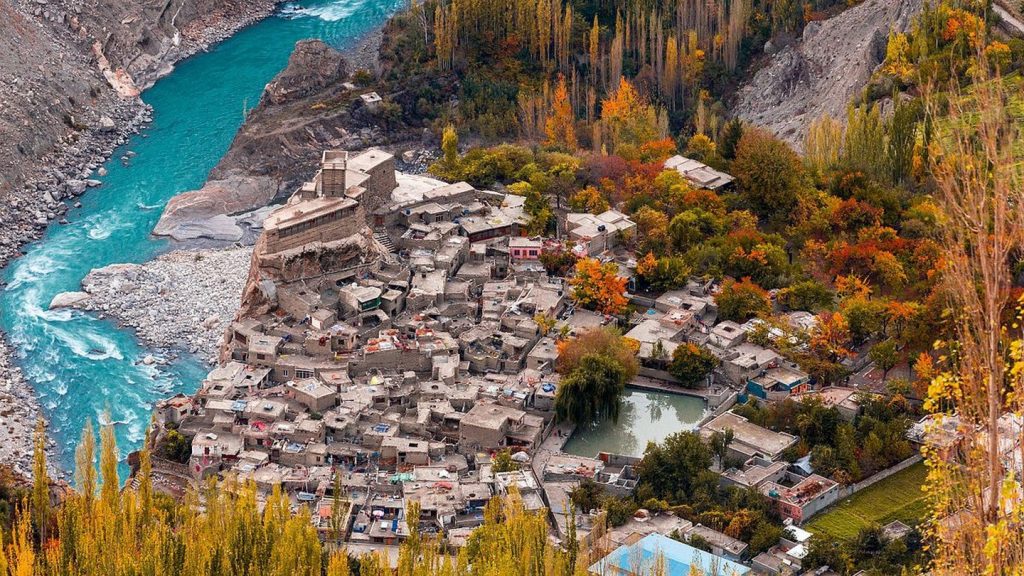
Aerial view of Altit fort at the edge of the village © SyedBilalJavaid
Day 10: Karimabad to Skardu
On day 10 take a six-hour drive on the fascinating route of Karakorum Highway from Karimabad to reach Skardu. Skardu is again an unbelievably beautiful town located at the confluence of River Shigar and Indus, which separates the Karakoram mountain range from the Himalayas. Skardu is very popular with tourists as it features four of the world’s 14 highest eight-thousander peaks including K2, attracting trekkers and mountaineers from all over the world.
Skardu Fort is one of the main attractions here as it dates back to the 8th-century and was built by the the Moqpon dynasty rulers of Baltistan. Another spot worth visiting is the Shigar Fort, located on the trek to K2. Shigar Fort is around 400-years-old also known as Fong Khar, which translates in the local language to the Palace on the Rock. The Royal living areas of the Raja of Shigar are renovated and used a magnificent guest house and a museum of Balti culture. If you can, try to spend a night here and imagine what it was like to be a royal 400-years ago.
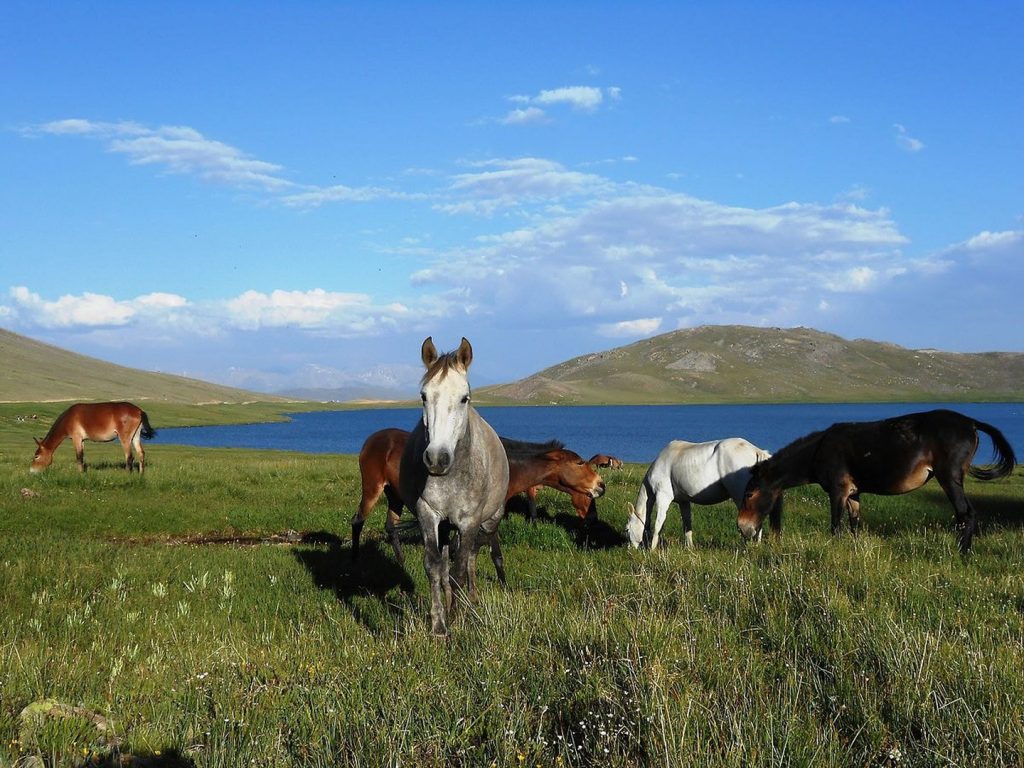
Sheosar Lake Deosai, Skardu © Nigyaal
Day 11: Skardu and nearby areas
Take a drive in a 4×4 to head outside Skardu towards the plains of Deosai and lakes like Shangrilla, Satpara and Kachura. The journey to Deosai plains take around three hours one-way through paved and dirt roads. Satpara Lake is on the way here, at about 45 mins distance.
Once in Deosai you can take some rest by Schesoar Lake and just enjoy the view with some snacks. Later when you head back to Skardu try to visit the famous Shangri La or Lower Kachura Lake, which is about 32 kms from Skardu.
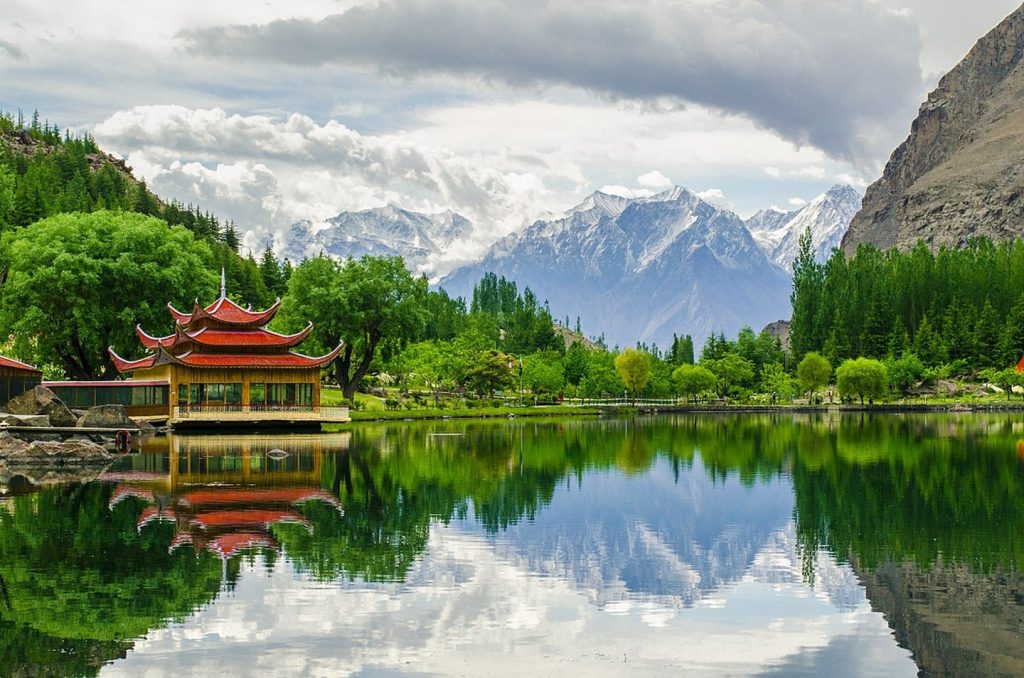
Lower Kachura/ Shangri La Lake © Hasanijaz
Day 12 and 13: Fly from Skardu to Islamabad (and luckily) to Chitral
There is a one-hour flight that goes daily from Skardu to Islamabad and if you are lucky, or plan accordingly you may land in the capital on one of the two days when the flight to Chitral is scheduled. If so, you can head over to Chitral through this hour-long flight and avail the chance to drive to the mysterious valleys of Kalash directly which are about three hours drive from Chitral.
Kalash has three valleys namely Bumbret, Rumboor and Birir. Kalashi people are said to be descendants of the soldier’s of Alexander’s armies and their colorful clothes, unqiue culture and animistic religion are a source of global fascination. You could spend the end of day 12 and day 13 in any of the three Kalasha valleys and then head back to Chitral in the evening of day 13.
If you are not able to catch a flight to Chitral you could explore Rawal Dam and the Lake view park or head to the nearby archaeological site of Taxilla.
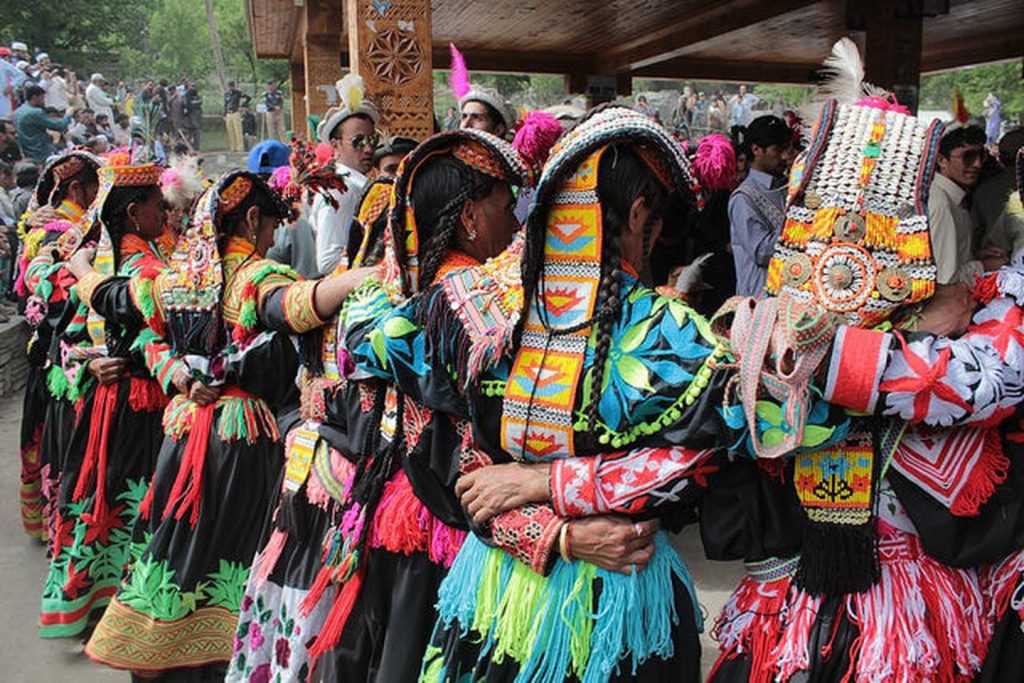
Kailashi women celebrating © Noreen Gulwani
Day 14: Islamabad
Islamabad will be your final destination and you could find your flight back to your next adventure from the Islamabad International airport. If you have more time, you can visit the Lok Virsa or the Cultural Museum or you can rest in as you will probably be tired and in need of refreshing from the intense travelling on your last day of your travels in Pakistan.
Thanks to Apricot Tours for verifying/validating our itinerary.

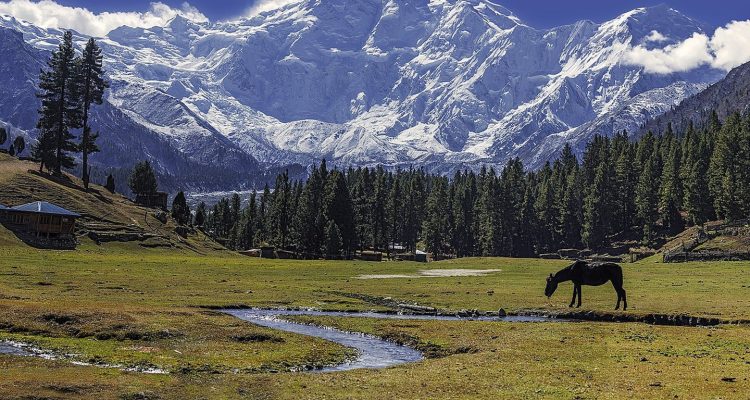




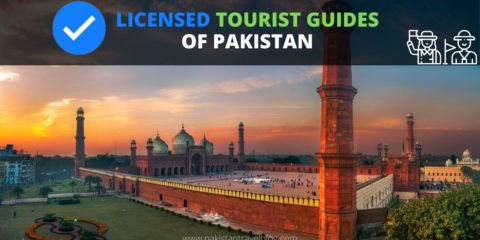







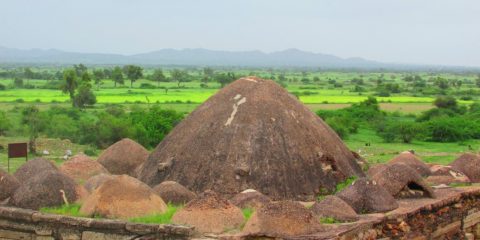



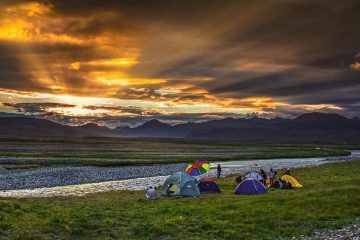
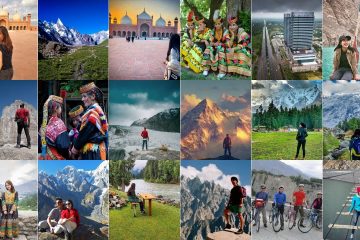









Leave a Reply